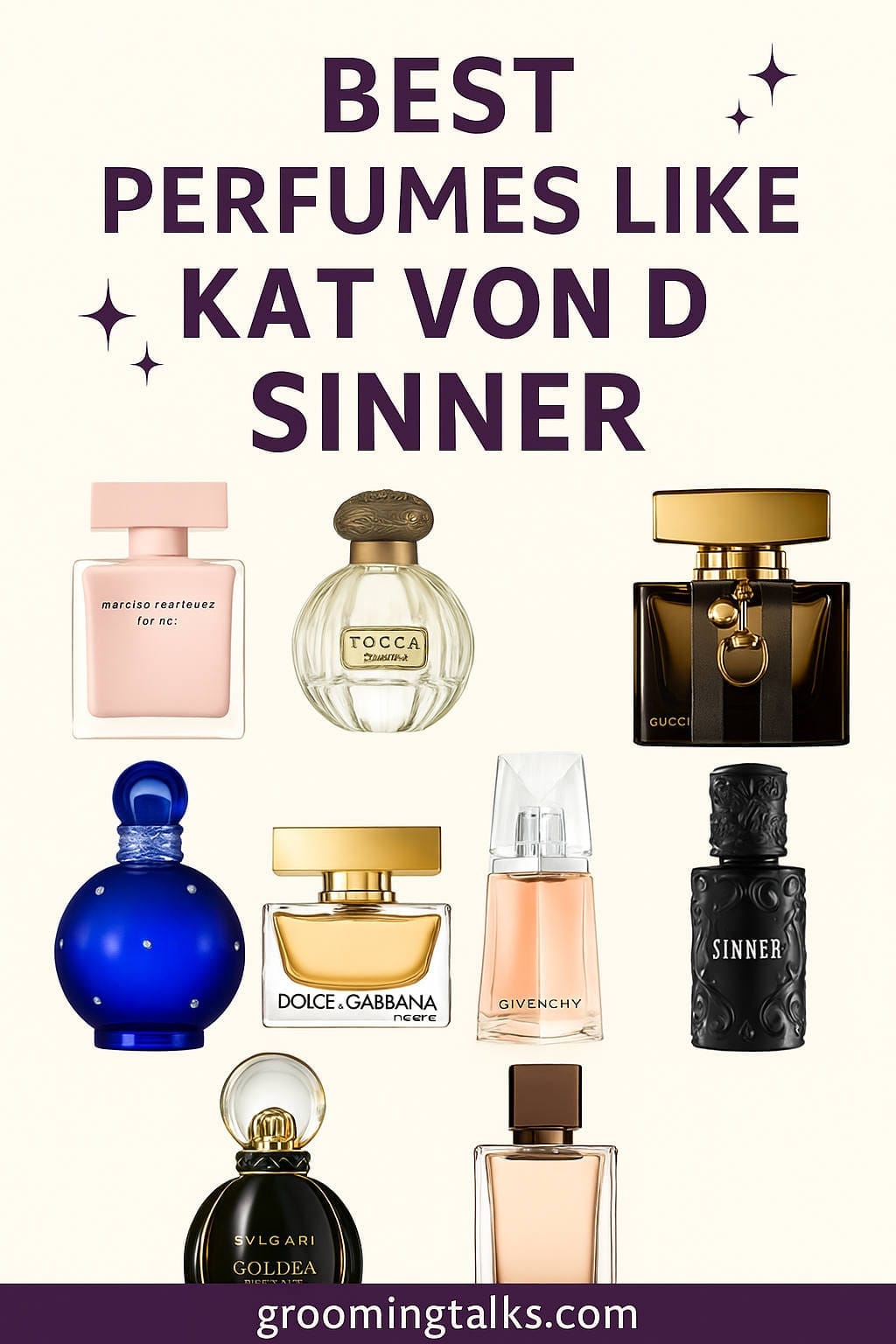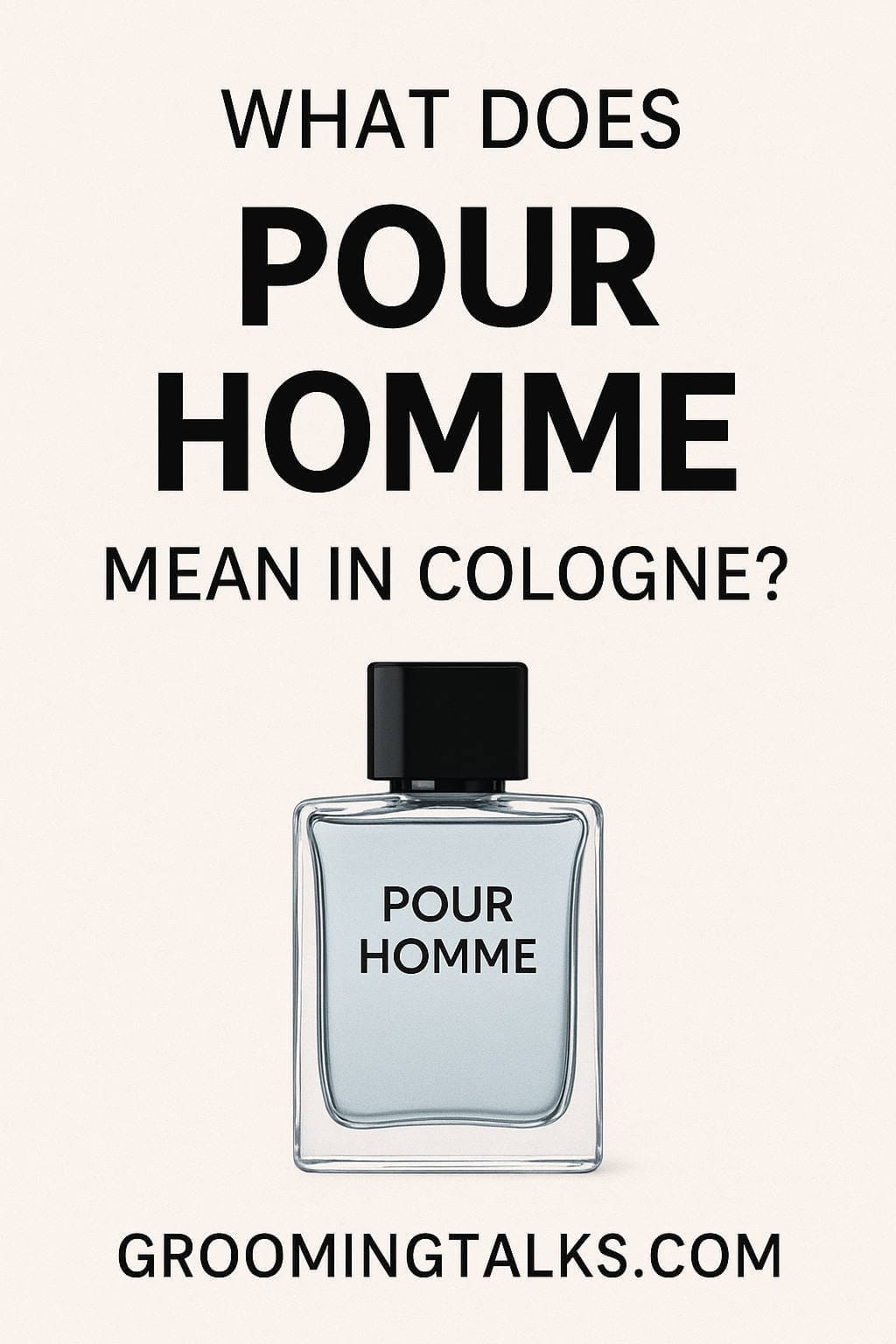In a world overflowing with synthetic fragrances and mass-produced scents, there’s something deeply personal, almost sacred, about a handcrafted perfume. Artisanal perfumery invites us to slow down, savor the subtle, and connect with scent on a more meaningful level. It isn’t just about smelling good. It’s about telling stories through scent, evoking emotions, and embracing individuality.
In this guide, we delve into the fascinating world of artisanal perfume making. Whether you’re a fragrance enthusiast, an aspiring perfumer, or simply curious about the world beyond the designer bottles, this article offers insights, inspiration, and practical advice on how artisanal perfumes are created and why they matter more than ever.
A Fragrant Journey Through Time
Perfume has a history as rich and layered as the most complex bouquet. The word itself comes from the Latin per fumum, meaning “through smoke,” referring to ancient rituals where scented resins and herbs were burned as offerings.
From the fragrant oils of ancient Egypt to the botanical elixirs of Renaissance Europe, the use of scent has evolved across civilizations. The Islamic world revolutionized perfumery through advancements in distillation, influencing the later practices in France, which became the global heart of modern perfumery.
While the mainstream perfume industry evolved into a billion-dollar sector, a quiet counter-movement preserved the soulful artistry of perfume creation. That movement is what we now call artisanal perfumery.
What is Artisanal Perfumery?
Artisanal perfumery is the craft of creating perfumes by hand, in small batches, using high-quality ingredients and an artistic, often deeply personal, approach. Unlike commercial perfumes that aim for mass appeal, artisanal perfumes are driven by creativity, individuality, and authenticity.
Key Characteristics:
- Small Batch Production: Each batch is typically handcrafted, ensuring attention to detail and uniqueness.
- Creative Freedom: Artisans aren’t bound by marketing trends or corporate demands. They create what inspires them.
- High-Quality Ingredients: These often include natural essential oils, absolutes, and resins, many of which are rare or expensive.
- Transparent Practices: Artisans are often open about their sourcing, methods, and inspirations.
- Emotional Connection: Each fragrance tells a story, often tied to a memory, place, or concept.
Artisanal perfumery isn’t just a niche market—it’s a philosophy. It celebrates imperfection, embraces the ephemeral, and champions human touch in a mechanized world.
The Craft of Creating Artisanal Perfume
Behind every beautiful scent lies a meticulous, intuitive process. Unlike large-scale perfumery that relies on labs and formulas, artisanal perfume making is as much about feeling as it is about chemistry.
1. Inspiration and Concept
Every artisan perfume begins with an idea. This could be a memory, an emotion, a place, or even a piece of music. Some perfumers build entire collections around themes like nostalgia, wilderness, or mythology.
Example concepts:
- The scent of a library filled with old books.
- A sunlit garden after a rainstorm.
- A lover’s shirt left behind.
This conceptual phase sets the tone for the ingredients, structure, and mood of the perfume.
2. Scent Composition: The Fragrance Pyramid
Perfumes are built using a structure known as the fragrance pyramid:
- Top Notes: These are the initial, fleeting scents (like citrus or herbs) that you smell first.
- Heart Notes: The core of the perfume (often florals, spices, or fruits) that define its character.
- Base Notes: The foundation (woods, resins, musks) that linger the longest on the skin.
Artisans carefully balance these layers to create a seamless, evolving experience.
3. Ingredient Selection
Artisan perfumers often prefer natural materials—essential oils, absolutes, tinctures, and CO2 extracts. These materials offer richness and complexity that synthetics often can’t match.
However, some artisans also embrace safe, high-quality synthetics to expand their palette, especially when natural versions are endangered or cost-prohibitive.
4. Blending and Maceration
Once the perfumer finalizes the formula, the ingredients are blended in perfumer’s alcohol or oil. This mixture is left to macerate for several weeks, allowing the components to harmonize. After maceration, the perfume is filtered and bottled, often by hand.
This hands-on process ensures each bottle carries the creator’s signature.
Why Choose Artisanal Perfume?
Choosing an artisanal fragrance isn’t just a purchase—it’s a sensory investment. Here’s why more people are moving away from commercial perfumes in favor of handcrafted alternatives:
1. Uniqueness
Artisan perfumes are rarely duplicated. When you wear one, you stand apart from the crowd.
2. Emotional Resonance
These scents are made with intention. They’re designed to stir memories, spark emotion, and tell stories.
3. Transparency and Trust
You often know exactly what you’re putting on your skin. Many artisans disclose full ingredient lists and share the stories behind their scents.
4. Support for Small Makers
Buying artisanal supports independent artists and sustainable practices.
5. Connection and Community
Wearing an artisan scent often feels like a collaboration between the perfumer and the wearer.
Common Challenges in Artisanal Perfumery
While rich in artistry, artisanal perfumery isn’t without hurdles:
- Ingredient Costs: Natural materials are expensive and prices fluctuate.
- Sourcing Issues: Some ingredients are seasonal or at risk of extinction.
- Regulations: Small makers must navigate complex safety and labeling laws (like IFRA compliance).
- Shelf Life: Natural perfumes may not last as long as their synthetic counterparts.
- Scalability: Limited batch sizes can make it hard to meet demand.
Despite these challenges, artisans persist, driven by passion rather than profit.
Getting Started: Making Your Own Artisanal Perfume
Interested in trying your hand at perfume making? Here’s a beginner-friendly guide to start exploring:
Materials You’ll Need:
- Perfumer’s alcohol (or high-proof vodka)
- Essential oils or fragrance oils
- Glass droppers and vials
- Fragrance test strips
- Notebook for recording formulas
Basic Steps:
- Choose your concept or theme.
- Select top, middle, and base notes that reflect your idea.
- Blend in small ratios to test combinations.
- Let the mixture rest for 24-48 hours.
- Evaluate and adjust. Keep tweaking until balanced.
- Once satisfied, dilute with alcohol and allow to macerate for a few weeks.
Remember: Patience is part of the craft.
Notable Artisan Perfumers to Explore
Want to dive deeper into the world of artisanal scent? Here are a few creators whose work continues to inspire:
- Mandy Aftel (Aftelier Perfumes): A pioneer in natural perfumery and author of several books on scent.
- Andy Tauer (Tauer Perfumes): Known for emotionally rich, evocative compositions.
- Francesca Bianchi: Italian perfumer who creates dark, sensual, intensely personal fragrances.
- Hiram Green: All-natural perfumes with extraordinary depth and longevity.
- Dawn Spencer Hurwitz: Creates highly conceptual, historically inspired scents.
Each of these artisans offers a unique window into what perfume can be.
Tips for Exploring Artisanal Fragrances
1. Sample Before You Buy
Most artisans offer discovery sets or samples—take advantage of these.
2. Test on Skin, Not Paper
Your body chemistry affects how a perfume smells. Always try it on your skin before making a decision.
3. Give It Time
Artisan perfumes evolve. A scent’s dry-down (how it smells after 30 minutes or more) can be completely different from its initial spray.
4. Read the Stories
Learning about the inspiration behind a perfume adds depth to your experience.
5. Support Directly
Buy from artisan websites or trusted niche retailers to support creators fairly.
The Future of Artisanal Perfumery
The artisanal fragrance world is thriving. As consumers seek authenticity, sustainability, and craftsmanship, more are turning away from commercial perfumes and toward indie creators.
Social media and online communities make it easier for artisans to connect with global audiences. At the same time, innovations in extraction techniques and ingredient sourcing are expanding the possibilities for small-scale perfumers.
In a time when everything moves fast and feels impersonal, artisanal perfume making offers a fragrant pause. It’s a reminder that beauty can be handmade, meaningful, and deeply human.
Final Thoughts
Artisanal perfumery is more than just a niche in the fragrance world. It’s a renaissance of craft, a celebration of the senses, and a return to emotional, human-centered creation.
Whether you’re discovering your first niche scent or dreaming of blending your own formula, artisanal perfume invites you to experience fragrance as an art form. One that doesn’t just sit on your skin—but tells your story.
So the next time you reach for a scent, pause and consider: Is it just perfume—or is it poetry in a bottle?






